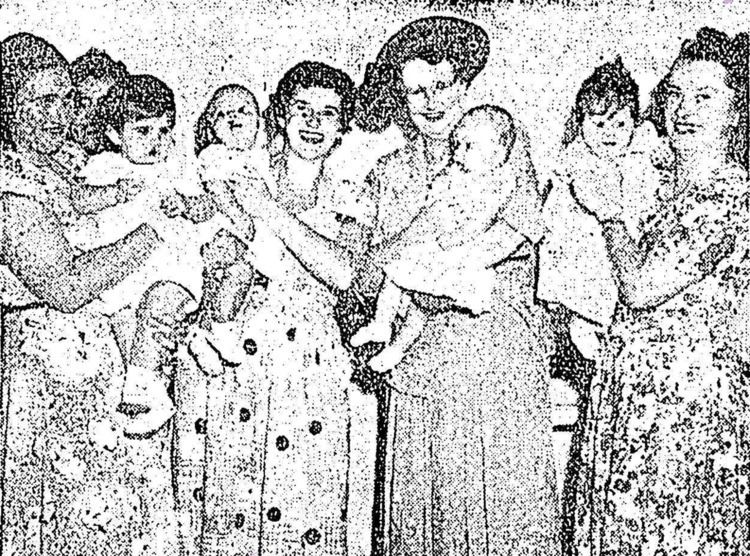Nationality Australian Name Grace Cuthbert-Browne | Fields Health professional | |
 | ||
Institutions New South Wales Department of Public Health Died December 17, 1988, St Leonards, Australia | ||
Grace Cuthbert-Browne MBE (1900 – 1988) was an Australian doctor instrumental in improving the health of mothers and babies, and the consequent reduction in maternal and infant deaths in Australia. She was Director of Maternal and Baby Welfare in the New South Wales Department of Public Health from 1937 to 1964; during this time the infant fatality rate decreased form 40 to 20 per thousand live births.
Contents
- Early life
- Medical education and Private Practice
- Public Health
- Later Years
- Honours and Fellowships
- Published works
- References
Early life
Grace Johnston Cuthbert was born in Port Glasgow, Scotland, the youngest of five children. Her mother Mary later became involved in a variety humanitarian and medical charities. Her father was a merchant sailor who captained ships from New Zealand to England carrying frozen mutton. In 1901 he was appointed as "chief marine surveyor" for a group of insurance companies in Sydney. This resulted in Grace and the family (three older brothers, an older sister had died of whooping cough) moving to Sydney where they settled in Kirribilli. Grace was one year old.
When Grace was six the family moved to Lindfield and she attended school first at Lindfield College and then at Ravenswood in the Sydney suburb of Gordon.
Cuthbert enjoyed golf, tennis and surfing, and continued these activities well into her adult life.
Medical education and Private Practice
Cuthbert enrolled in the University of Sydney in 1918, receiving an allowance to study in the faculty of medicine. She earned a Bachelor of Medicine in 1924 and subsequently worked at Royal North Shore hospital.
In 1925 she purchased a general practice at Pambula where she was renowned for her dedication and service to the small rural communities.
In 1929 she returned to the Sydney suburb of Wollstonecraft to continue in general practice. Her experience in Pambula and Wollstonecraft led to her interest in antenatal and neonatal care. During this time she was honorary medical officer to the Tresillian Mothercraft training school, the Lane Cove health centre, and the Rachel Forster hospital.
Public Health
Cuthbert succeeded Doctor Elma Morgan as the Director of Infant and Maternal Welfare on 1 August 1937, a role she held until 1964. Part of this role included supervision of 200 local Baby Health Centres, as well as the pre-natal clinics at metropolitan hospitals. Between 1946 and 1964, she also lectured part-time in maternal and child health at the University of Sydney's School of Public Health and Tropical Medicine.
Mortality of mothers went from 5 in 1000 live births to .32 during her tenure as Director of Maternal and Baby welfare.
She was protective of her position in maternal health and rejected perceived interference.
Later Years
On 15 February 1951 Cuthbert married Emeritus Professor Francis James Browne, a 71-year-old obstetrician and gynaecologist. The wedding was held at Crown Court National Church of Scotland, Covent Garden. Their happy marriage lasted until his death in 1963.
Cuthbert-Browne was the honorary medical director of the Grovesnor Hospital from her retirement until 1970.
She served on a committee creating a curriculum for young women. It was implement in a number of independent schools
Resided at Northaven Retirement village in Turramurra and died there.
Honours and Fellowships
Published works
Cuthbert-Browne, Grace J (1952), Report of studies and observations made during tenure of a World Health Organisation fellowship, 1950-1951, Department of Health, Division of Maternal and Baby Welfare, retrieved 30 October 2014
Cuthbert-Browne, Grace Johnston, 1900- (1978), "Grace Johnston Cuthbert-Browne (Autobiography)", Women Physicians of the World: Autobiographies of Medical Pioneers, Hemisphere Publishing Corporation (1978): 187–191, retrieved 30 October 2014 CS1 maint: Multiple names: authors list (link)
